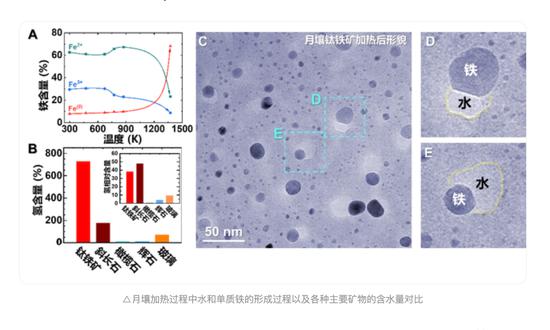
The formation of water and elemental iron during the process of lunar soil being heated and a comparison of the water content in various main lunar minerals (Photo/CCTV news)
With a newly discovered method to produce water on the moon, it is estimated that 50 kilograms of water can be extracted from one ton of lunar soil. Chinese scientists said it is expected to provide new ideas to the construction of lunar research stations and space stations in the future.
After three years of research and experimentation, a scientific research team made up of researchers from the institutions of Ningbo Institute of Materials Technology & Engineering, Chinese Academy of Sciences (CAS) and the Institute of Physics, CAS have recently achieved the new discovery using the lunar soil samples taken back by the Chang’e-5 lunar landing mission.
As a crucial resource for building lunar research stations and supporting future interplanetary or lunar travel, water is essential for human survival in space. Searching for water resources is one of the primary tasks of lunar exploration.
In the past, scientists focused mainly on the distribution of natural water resource in its natural state on the moon. Earlier researches indicated that small amounts of water are contained in a variety of lunar soil minerals such as glass materials, plagioclase, olivine and pyroxene. Meanwhile, the water content in these minerals is extremely low – a proportion of less than 0.02 percent, it is difficult to utilize these mineral resources to extract water on the moon.
Therefore, researching and developing new methods for extracting lunar water resources is a key focus of future lunar exploration missions
Following in-depth researches and repeated experimentation, scientists have discovered that lunar soil minerals have stored a large amount of hydrogen element due to billions of years of solar wind irradiation.
When heated to high temperatures, hydrogen will undergo the oxidation-reduction (redox) reaction with the iron oxides in the minerals, producing elemental iron and a large amount of water.
Lunar soil will be melted when heated to a temperature of 1,000 C with water produced by the reaction in the soil to be released in the form of steam.
After various experiments and technical analyses, the research team have found that one gram of lunar soil can produce approximately 51 milligrams to 76 milligrams of water.
Based on this calculation, one ton of lunar soil can produce approximately 51 kilograms to 76 kilograms of water, equivalent to the amount of over 100 bottles of bottled water of 500 milliliters each, which can meet the needs of 50 people each day.
Through further researches on different lunar minerals, the research team discovered that when heated, ilmenite, a natural mineral composed mainly of iron and titanium oxides, can simultaneously produce a large amount of elemental iron and water vapor bubbles, constituting a true “reservoir” on the moon.
Based on multiple researches, the team have proposed a feasible strategy for extracting and utilizing lunar water resources on the moon.
First, a concave mirror or Fresnel lens can be used to focus solar light to heat and melt lunar soil and produce water, elemental iron, and ceramic glass.
The water vapor generated during the progress can be condensed into water of liquid form, which can be collected and stored in tanks and meet the demands of humans, various plants and animals on the moon.
Oxygen and hydrogen can be generated from water by electrolysis. The oxygen can be used by human beings for respiration and hydrogen can be used as a source of energy.
Iron can be used to manufacture permanent magnets and soft magnetic materials, providing raw materials for power electronics devices. Iron can also be used as a building material.
Melted lunar soil can also be used to produce bricks with mortise and tenon joint which can be used for constructing bases on the moon, researchers said.
Experts said that this strategy will provide important references to the construction of future lunar research stations and space stations. The strategy is expected to be further validated through the deployment of verification equipment on the moon in future Chang’e lunar exploration missions.
Researchers from the Institute of Physics of, CAS, along with scholars from several renowned Chinese universities, discovered ULM-1, an unidentified mineral crystal enriched with water molecules and ammonium on the moon from the Chang’e-5 lunar samples, a breakthrough that indicates that for the first time, molecular water was found in lunar soil, the Xinhua News Agency reported in July.
To date, researchers studying the lunar samples brought back by the Chang’e-5 mission have accomplished a number of milestone achievements with over 70 findings being published in major academic journals both at home and abroad.








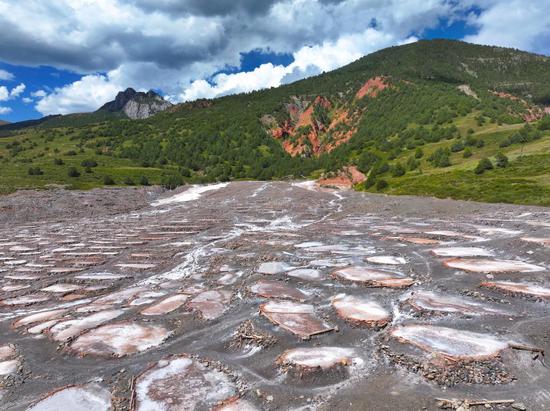







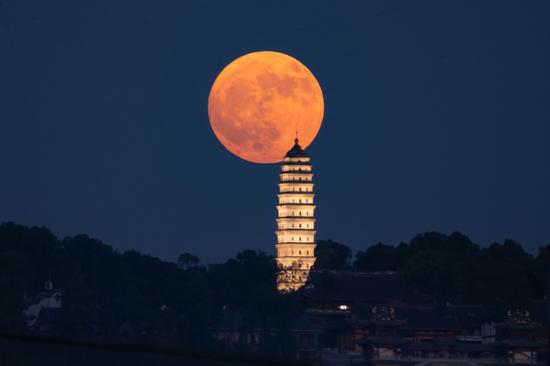


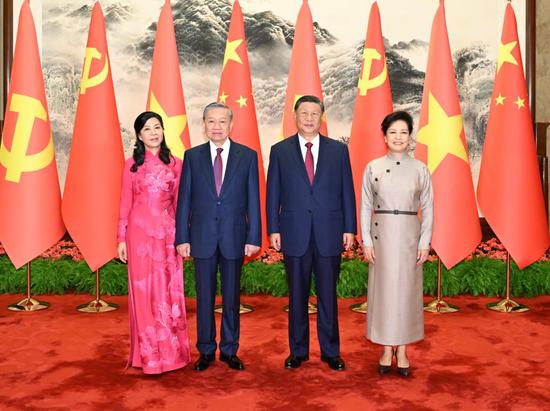

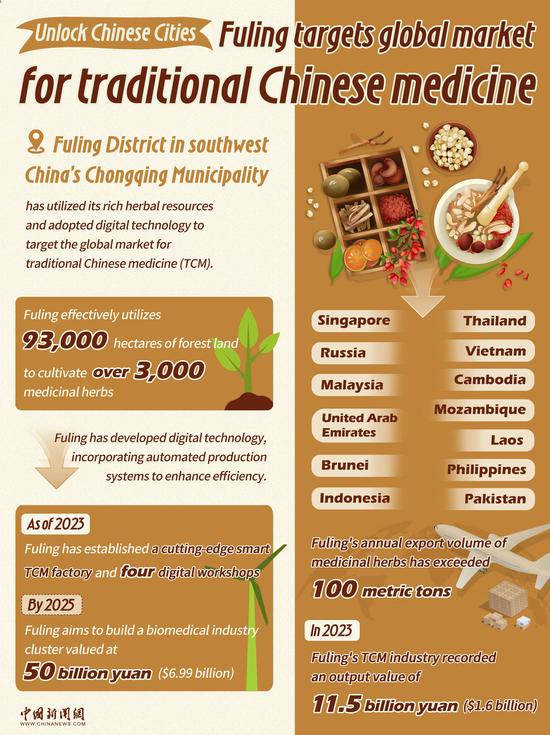

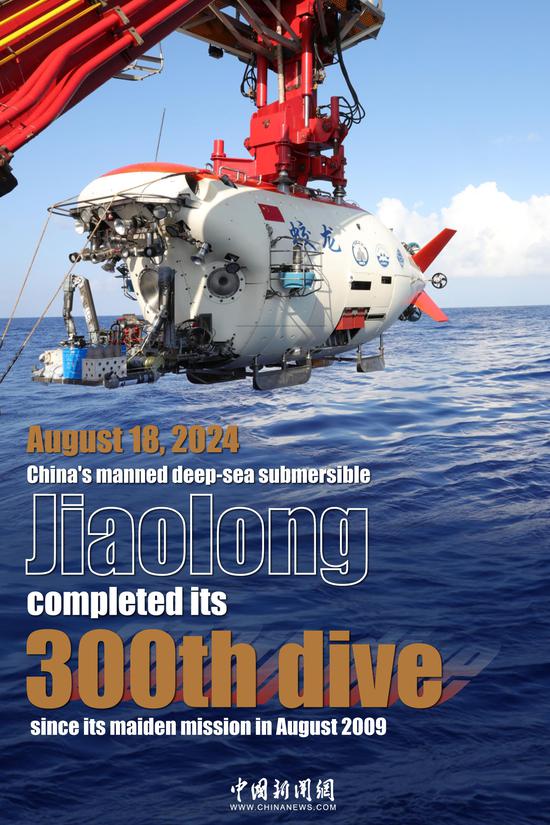
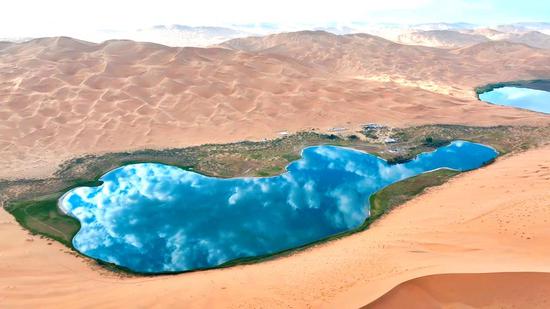
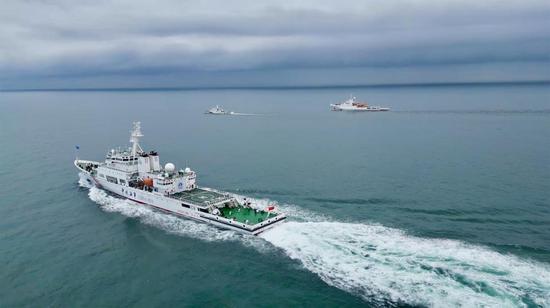



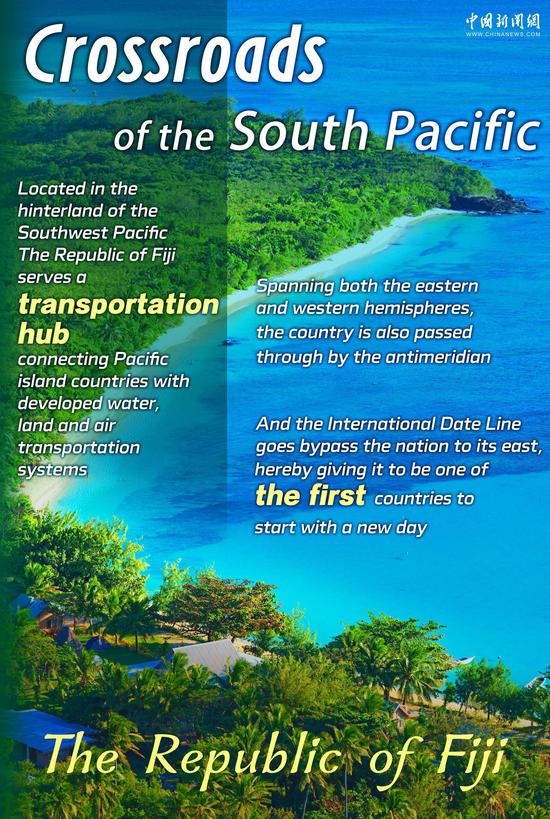


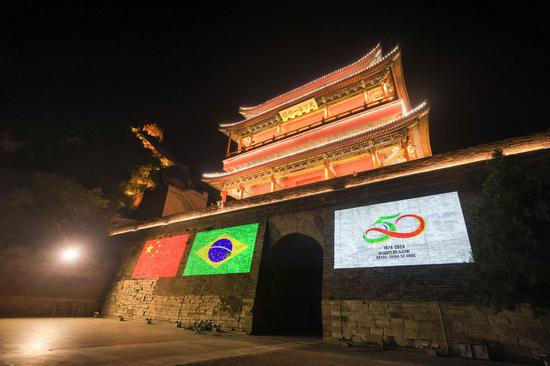
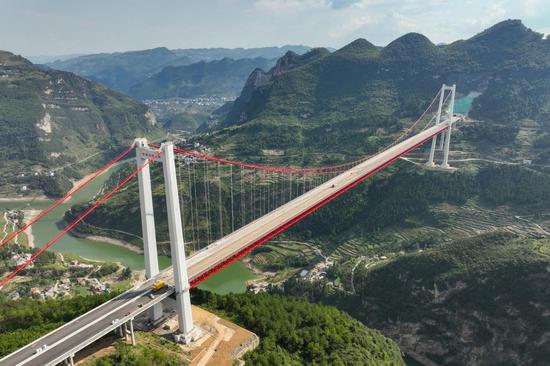


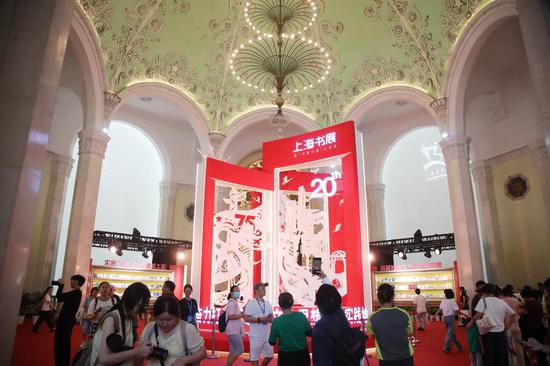
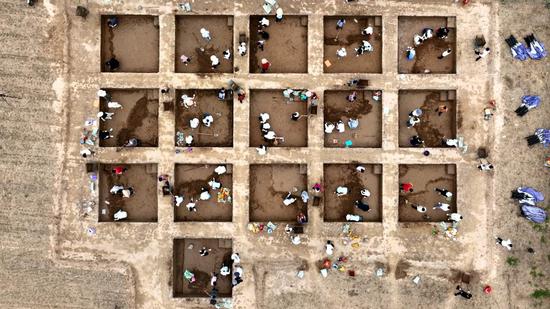
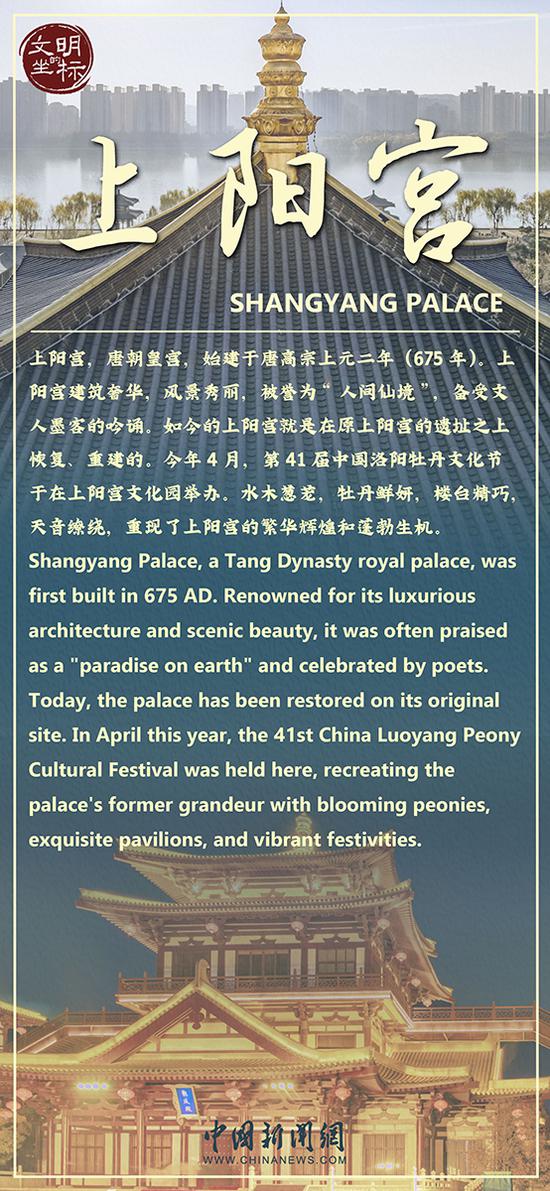











 京公網安備 11010202009201號
京公網安備 11010202009201號